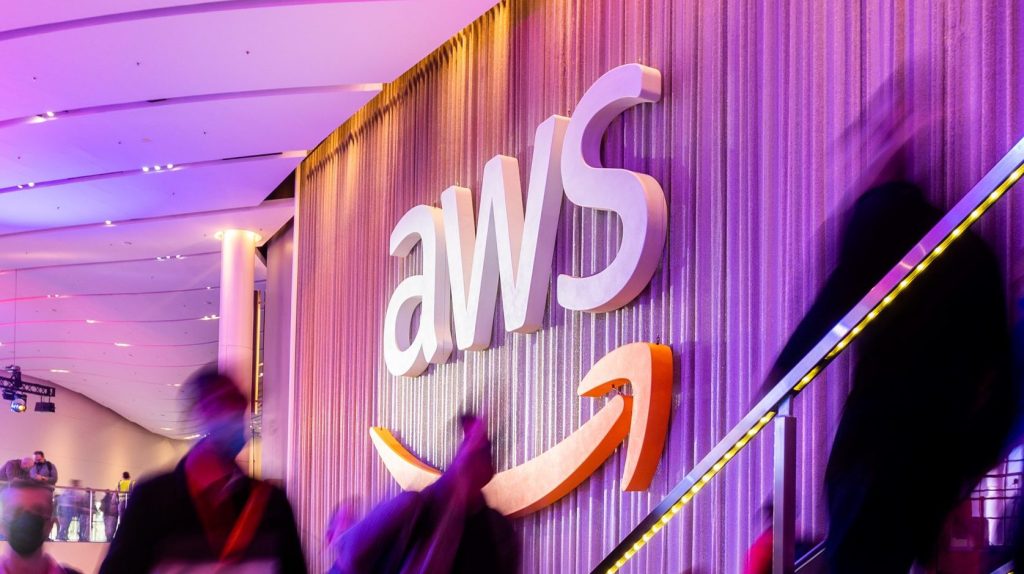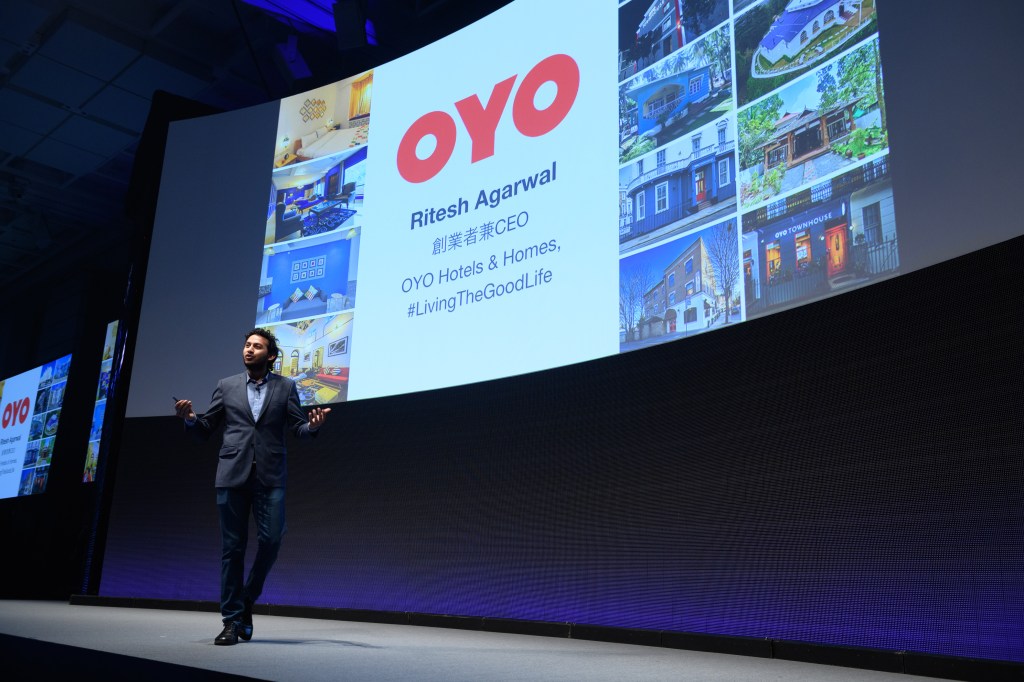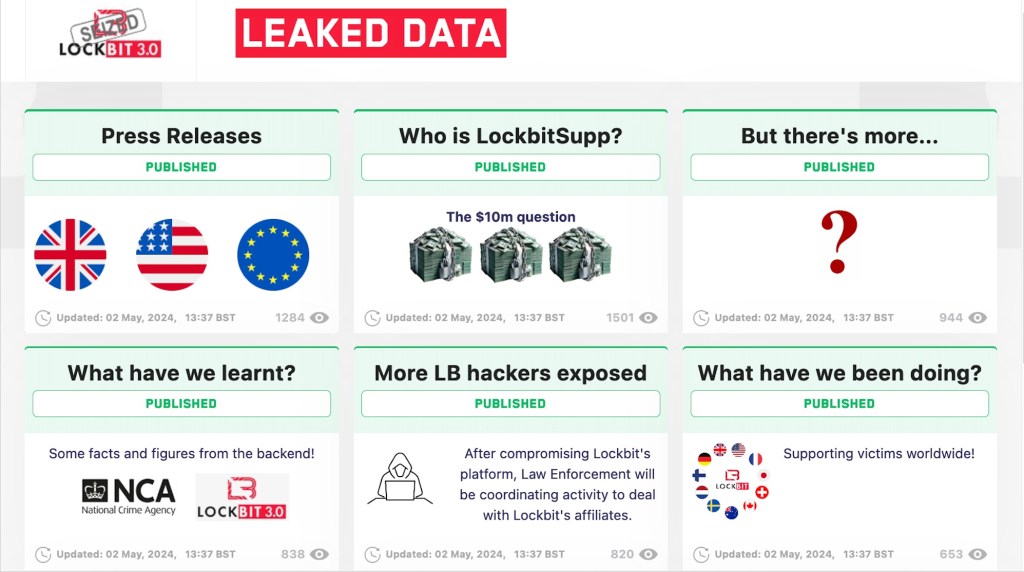Amid tech’s current rally, Seattle is enjoying the updraft. Amazon, one of the area’s two critical tech companies, is busy setting records.
Shares of Amazon, the e-commerce and cloud computing leader, have busily risen, recently cresting the $1,000 per-share mark. That per-share price is up from Amazon’s 52-week low of $682 and change.
Driving that valuation is continued growth, improved cash flow, and widespread adoption of its cloud computing unit. As the company reported in its first-quarter earnings, its revenue grew 23 percent to $35.7 billion, and its trailing operational cash flow grew to $17.6 billion, up from $11.6 billion in the year-ago period. In that same first quarter, AWS grew its revenue from $2.6 billion to $3.7 billion.
All that and Amazon is said to have an appetite for Slack, the popular business chat startup, and has made overtures concerning Whole Foods, for which it has bid $13.7 billion. Even for today’s platform ecosystem, Amazon’s footprint is broad.
Today and back then
But it wasn’t always so. Today, let’s turn back the clock and peek at Amazon’s S-1 document it filed in 1997. What did Amazon look like back then, and if you could go back in time, could you convince yourself to bet the house on the tiny company?
Perhaps, but we’re looking backward for more reason than curiosity. Instead, just as it’s interesting to read pitch decks from companies that have since become behemoths, it’s worth our time to examine the S-1 documents of the now-giants. What can we see in their numbers that might help us better understand later offerings?
To that end, let’s go back a few decades, to the year in which the first Harry Potter book was published, and Metallica released Reload.
1997
Before Alexa, Prime, and reasonably quick internet, Amazon filed to go public.
Back then, Amazon was a simpler entity. Its S-1 is plain about what it did back then: “Amazon.com is the leading online retailer of books.” To underscore that “leading” status, Amazon included some metrics in the following paragraph so small that they feel quaint by today’s standards: “Average daily visits (not “hits”) have grown from approximately 2,200 in December 1995 to approximately 80,000 in March 1997[.]”
The company explained its market by detailing the scale of the book market. To wit:
The worldwide book industry is large, growing and relatively fragmented. According to Euromonitor, U.S. book sales were estimated to be approximately $26 billion in 1996 and are expected to grow to approximately $30 billion in 2000, while worldwide book sales were estimated at approximately $82 billion in 1996 and are expected to grow to approximately $90 billion in 2000.
Notably, Amazon’s quarterly revenue is now larger than the United States’ book industry was per year back in those days.
Back in 1997, Amazon was tiny, with just 256 employees listed at the end of its most-recently completed quarter. That figure, however, was up from 11 in the fourth quarter of 1995. But despite its modest employee scale, and its tailored industry focus, Amazon successfully went public at a young age.
How? Let’s take a look at the numbers.
Efficient growth
While many companies spent dot-com money on comically silly things, when Amazon went public it was a surprisingly efficient shop. Here, in screenshot form, are its performance notes from its S-1:
In case the format isn’t suited for reading, we can translate a little bit.
In 1996, Amazon grew its revenue from $511,000 to $15.75 million, or about 2,982 percent. Returning to our point concerning efficiency, Amazon did lose more money in 1996 than it did in 1995. Its losses grew from $303,000 to $5.78 million.
But when we stack that next to a modern rule, say, the Rule of 40 — that a company’s growth rate plus its profit margin should equal 40 — Amazon was destroying benchmarks. And during its period of hyper-growth to boot.
That Amazon was so not-unprofitable at its then-young age at that particular pace of growth is impressive. The company was certainly riding a secular shift in the economy toward digital commerce, but the company, at the time of its IPO, was in solid shape.
Even more so, Amazon’s growth was hardly seasonal. As you can see in the above set of statistics, Amazon grew its revenue from $4.17 million in the third quarter of 1996 to $8.47 million in the fourth quarter of that year. But the first quarter of 1997 effectively doubled the holiday quarter’s tally with $16 million in top line.
Or, more simply, in the quarter before its IPO, Amazon posted more revenue than it had in the preceding year. At that pace of growth, Amazon must have been worth billions, and in the process of raising hundreds of millions in its IPO, right? Wrong.
A modest offering
Something fun about covering 1997 news is that we get to quote 1997 news. So here’s CNet covering Amazon’s IPO in that year, after noting that its debut had “[s]ilenc[ed] any doubts about its chances on the public market”:
Initially, [Amazon] had been set for a $12-to-$14 range, then got bumped up to $14 to $16 before the company’s investment bankers settled on the $18 price. […] The IPO raised $54 million for Amazon, giving the company a market value of $438 million.
Amazon closed at, again quoting CNet, “23-1/2.” It was a good result for the internet shop, which would go on to split several times before the dot-com boom went dot-com bust. Today, decades later, Amazon is worth around 1,000 times as much as it was at the time of its IPO. Google Finance pegs the current value of Amazon at $463.55 billion, making it one of the smaller two of the Big 5, but it is still impressively up from its initial public valuation.
The scale of its IPO, however, shouldn’t be viewed as humility. In a great look at Amazon’s run-up to its IPO, CNBC reported that Amazon’s prep was incredibly accelerated:
Way back when Bezos was taking the company public, he was already defying convention. […] In early 1997, Amazon was coming off a year in which it generated less than $16 million in revenue. But in March of that year, Bezos gathered his top brass as well as the underwriters and lawyers together in Seattle to get an IPO rolling.
CNBC goes on to note that Amazon and its hired hands then got its S-1 together in 12 days.
Competition
We could talk about a host of other points from its S-1 and IPO, including the company’s cash position, high cost of revenue (compared to the software companies we spend too much time observing), and even its declining net loss as a percent of revenue. But its competition is the most interesting.
Remember how quickly Amazon was growing at the time of its IPO? The firm put some of the credit for that on its nascent industry:
The online commerce market, particularly over the Internet, is new, rapidly evolving and intensely competitive, which competition the Company expects to intensify in the future. Barriers to entry are minimal, and current and new competitors can launch new sites at a relatively low cost.
In that “new, rapidly evolving” climate, Amazon saw its competition in three buckets:
- “[V]arious online booksellers and vendors” that might compete with it directly.
- Big tech companies who “derive a substantial portion of their revenues from online commerce, including AOL and Microsoft Corporation.”
- The brick-and-mortar crew, namely “large specialty booksellers, with significant brand awareness, sales volume and customer bases, such as B&N and Borders.”
Amazon goes on to note that both the two physical booksellers had, at the time, “announced their intention to devote substantial resources to online commerce in the near future.” Oops! But recall that, at the time, Amazon was a mote of dust in terms of scale.
In sum
Incredibly fast revenue expansion, efficient growth, and an early IPO would make Amazon an oddity in today’s market, where companies wait longer to go public while pursuing less profitable paths to growth by the time they file.
That’s likely the most useful thing to keep in mind: What about Amazon is different than what we see today? And do those differences highlight a weakness in modern tech shops looking to go public, or do the underscore why Amazon was an outlier after its flotation?




































Comment